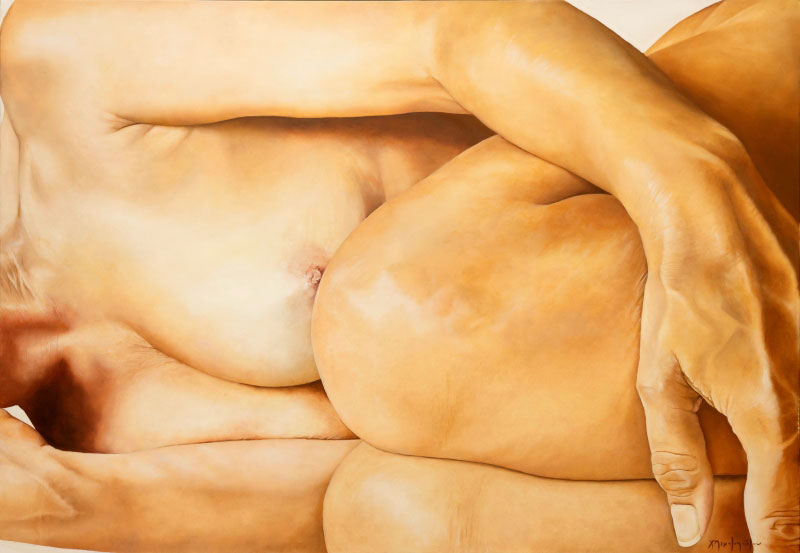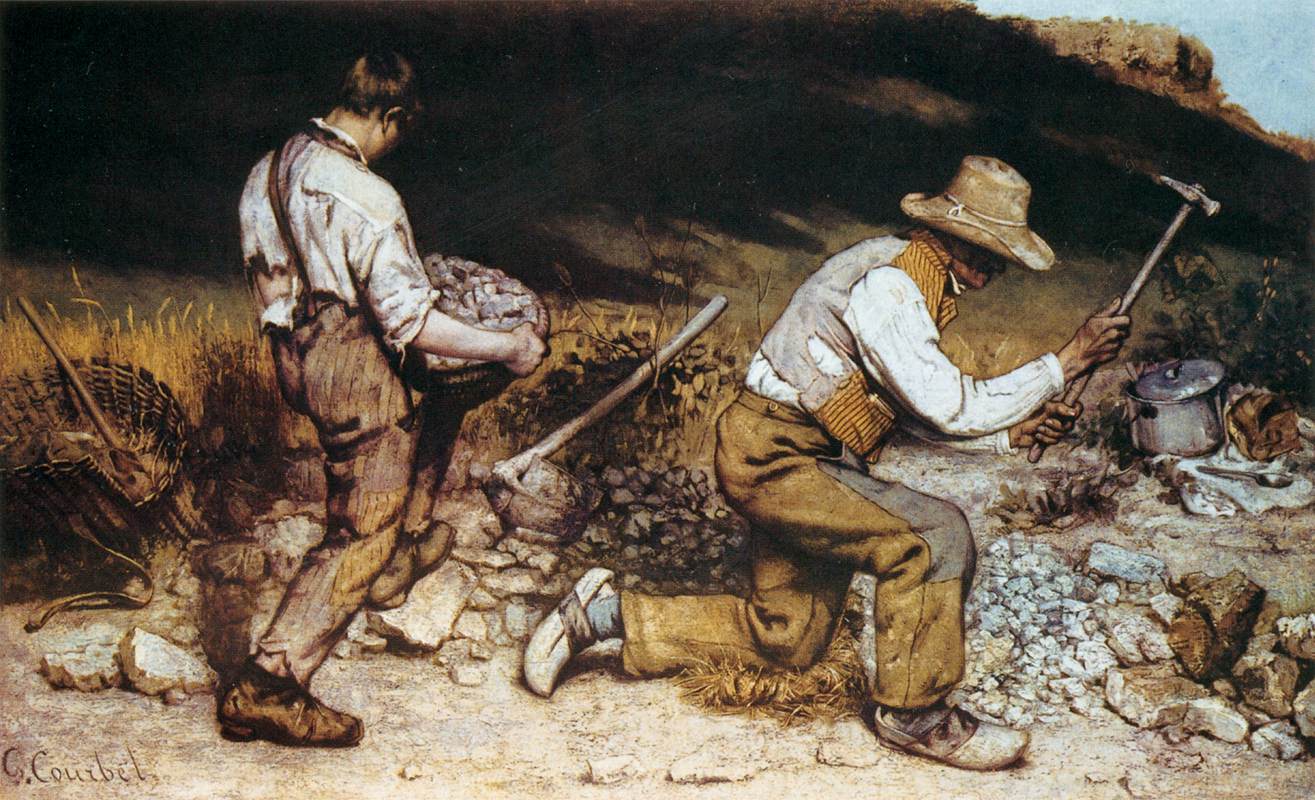Today I have chosen to do my blog on The Morality and the Art of the Classical Era. What does this mean? What does this represent? Well follow along and I'll share with you my view as I see it.
Art throughout the 18th century made major changes. They were on their way to braking from tradition. This was called the Enlightenment period and artists and critics were emboldened to demand greater naturalism or realism in art, in style and subject matter. They gave up ideals of perfect balance, unity and harmony and moved on to focus more on showing drama, and lots of emotion. In the Classical Era, we are going to talk about two types of art. The Rocco and the Neoclassical which was the anti-rococo. Both are different, yet so very important. Through the artwork that I am showing you today, we will see different types of morality. And how the painter shows you this through their artwork.
Morality is shown in different ways throughout. But in the Rococo period which came first, it wasn't popular. When it came to the neoclassical era it played a huge part in their artwork. This is one of the biggest differences between both of these styles. The Rococo style originated in Paris, France in the early 18th century. But not long later it was adopted throughout France and later in other countries. Neoclassical originated in Rome, a much different culture and country in the mid-18th century. Based on the ancient Greek and Roman models.
Rococo style shows scenes of love, nature, youthfulness, lightness, and elegance while there might be some drama. French ideals. Many of the artworks in this period show aristocratic women out in the forest or meadows enjoying different activities. The visual arts within the Rococo period went beyond interior decoration and this style of the period shows in the paintings and sculptures.
The first piece I have chosen is considered to be one of the masterpieces in the Rococo period. I think it is a great symbol of the period.
History
This is an oil painting painting is called The Swing or Happy Accidents on the Swing by a French artist named Jean-Honoré Fragonard. The Baron, Saint-Julien wanted to have a painting made of him with his mistress. It was painted in London, United Kingdom in 1767. It is displayed in the Wallace Collection at the Hertford House, Manchester Square London.
Analysis
This is a typical Rococo setting, showing something peaceful, an outdoor setting with trees and some brush showing the happiness of the aristocrats. I want you to look at this picture. She is on a swing and is being flirtatious, and mischievous while she throws her shoe off toward her lover. While he is in the bushes, he looks like he is looking right up at her dress, at her legs? Or something more? Did this shock him so he fell into the bushes? Do you see the sculpture up in the top left? A Putto, which is known as a symbol of love, has his finger to his lips, telling us to shhh. Inviting the spectator into their secret? What about the guy on the bottom left in the dark? The Swing is a symbol of sexuality and erotic love. It also depicts individual freedom to me as she is on the swing. Frogard draws us in with the visual humor, double entendre, and loaded symbols that reward you if you choose to look closely. The lighting in the artwork is coming from the upper left-hand corner and comes down to the woman making me think it is trying to show light on her. Some diagonals help to direct the focus in a baroque style though that leads into the Rococo style. This painting shows some themes from the movement like the power and influence of the aristocracy, pastel colors that have a painterly style, lingering Baroque characteristics, shows sexual, mischievous love. These are themes that are usually spread out. But it is neat to see them all here too. This is an interesting painting and brings some interesting emotions but I wouldn't want it in my house.
The second piece I've chosen stunning piece of artwork is called Oath of the Haratii and was painted by Jacques-Louis David.
History
It was painted with oil on canvas in 1784 and is 3.3 x 4.25m in size. It is on display at the Louvre in Paris, France. The story of Oath of the Haratii came from a Roman legond came from a group of Romans and a rival group from a town not to far away called Alba. During this time they didn't want a war so they elected some representatives to find a solution. The Romans select Haratii and Albans choose three brothers. In the painting, it shows Haratii taking an oath to protect Rome.Analysis
This painting was a royal commission and was manifested for the new style, neoclassicism. Look at the artwork, you can see patriotism, action, reason, and some self-sacrifice. While I look at it it gives me intense emotion. You feel what this guy is getting ready to do. Pay the ultimate price to his people and country. Something that hits close to home for me. As my husband spent a year and a half in Bagdad and Mozul for the Iraq War. I feel that this painting is a perfect example of how neoclassical paintings were meant to bring a spark to the people to do the right "moral" thing when it comes time. This type of artwork has yet to go away through the centuries. You can even see it today. Morality is shown through the years in different ways in artwork and other things. This also shows Greek and Roman influence through their attire. There is three elements in the picture. The father, sons and the women. The painting is split between the father holding the swords and the brothers and the women who are holding eachother since they resigned to their fate. But the focal point is the swords that old Horatius is about to give to his sons. David highlights enlightenment ideas with strong angular male features and passive curving features of the women. It has strong, raking light, and has clear definitions of space to emphasize moral principles, unlike Rococo paintings.
I think this painting is beautiful. I would love a copy of this in a living room. I love the patriotism and moral meanings in this painting.
For my third choice, I have chosen Death of Socrates by a French painter Jacques Louis David.
History
This artwork was painted in 1787 in oil on canvas and is 129.5 cm x 196.2 cm. It's part of the neoclassical style. This is the only one of the three I've chosen that is displayed in the U.S. Its location is the Metropolitan Museum of Art, New York. Rather than a royal commission, David received a direct private commission for the work in 1787 from a wealthy Charles-Michel Trudaine de la Sabliére, the youngest of the Trudaine de Montigny and around 20 yrs old at the time. The story behind is Socrates has been convicted of going and corrupting the youth of Athens by introducing weird and strange gods, so they have sentenced him to die by drinking a drink that is poisoned with hemlock. So Socrates sees that he can use his death as a final lesson for his pupils instead of running away and fleeing when a chance comes along.
Analysis
David uses color in this painting to bring out emotions and highlight them. For instance the color red is dimmed in the edges of the painting but vibrant in the center, which is the man holding the poison. The message is that it is noble and moral to stand up for one's own principles and beliefs. The painting is so dark overall but there is intense lighting that provides the main visual contrast. Socrates is painted with a white robe surrounded by his students and followers who show emotions of distress in the face of his possible death. His flesh and the robe are shown with light, which shows contrasting high value. There is horizontal and vertical placement of lines. There is a system of right angles on a grid structure that helps to enforce the rational decisions of Socrates's actions. Moralizing themes were again popular throughout this era. Socrates was given a choice to renounce his beliefs or take the poison and he chose to take the poison. This painting plays upon morality. Moralizing themes were immensely populor in the tumultuous period that preceded the French Revolution.
This is another interesting painting that brings out emotions in me again, and you just feel for Socrates. I think this would be something I might like a print of in an office or something like that.
Rogers, and Gough Hartley. “Chapter 14: Rococo and Neoclassical Art.” Chapter 14: Rococo and Neoclassical Art, BYU Open Learning Network, 1 Jan. 1970, open.byu.edu/history_of_the_fine_arts_music/rococo_and_neoclassical_art. Accessed 18 Mar. 2024
Bruckbauer, Dr. Ashley. “Jean-Honoré Fragonard, the Swing.” Smarthistory, smarthistory.org/jean-honore-fragonard-the-swing/. Accessed 21 Mar. 2024.
“The Death of Socrates (Y1982-82).” Princeton University, The Trustees of Princeton University, artmuseum.princeton.edu/collections/objects/32792. Accessed 20 Mar. 2024.
Hale, Charlotte, and Silvia A. Centeno. “The Death of Socrates: New Discoveries.” The Metropolitan Museum of Art, 5 May 2022, www.metmuseum.org/perspectives/articles/2022/5/the-death-of-socrates-new-discoveries. Accessed 18 Mar. 2024
McCoy, Claire Black. “David, Oath of the Horatii (Article).” Khan Academy, Khan Academy, www.khanacademy.org/humanities/ap-art-history/later-europe-and-americas/enlightenment-revolution/a/david-oath-of-the-horatii. Accessed 19 Mar. 2024.




















